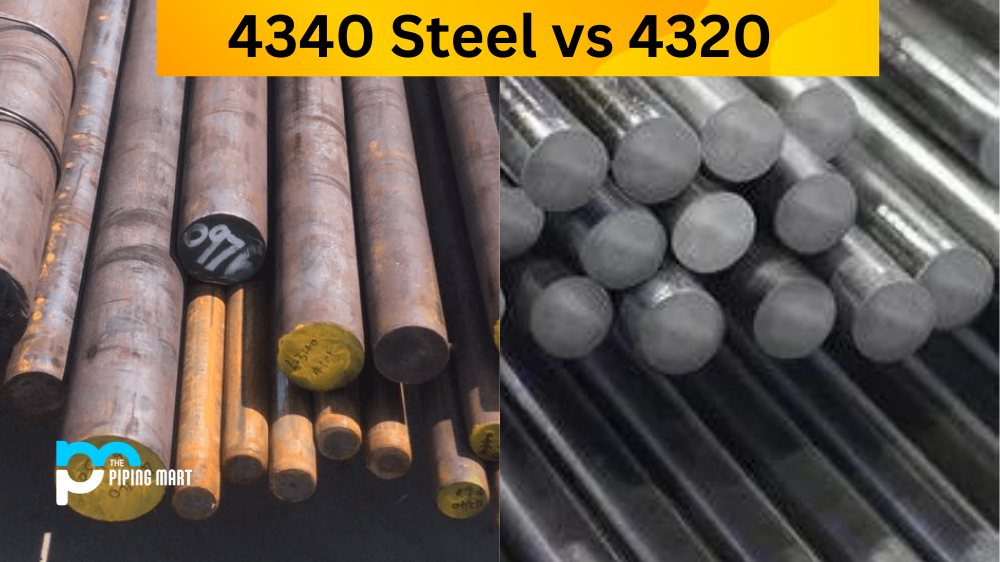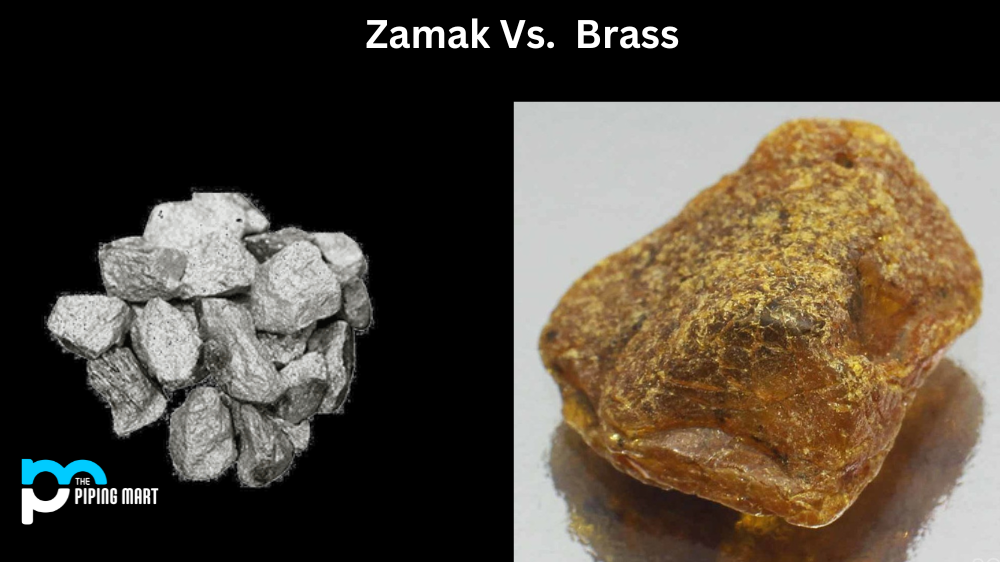When choosing the right steel for your project, the options can be overwhelming. Two of the most commonly used steel alloys are 4340 and 4320. These steels are used in various applications, from manufacturing to aerospace. But what makes these two steels different from each other? And which one is the right choice for your project? This blog post will dive into the differences between these steels and help you make an informed decision.
Difference Between 4340 Steel and 4320
Composition
The composition of steel can greatly affect its properties and application. 4340 is a nickel-chromium-molybdenum alloy steel, while 4320 is nickel-chromium steel. This means that 4340 has a higher amount of molybdenum in its composition, which makes it more resistant to wear and tear. On the other hand, 4320 has a higher amount of chromium, making it more corrosion-resistant.
Strength
Both 4340 and 4320 are known for their high strength and toughness. However, 4340 has a higher tensile strength than 4320. Tensile strength is the maximum stress a material can withstand before it breaks. This makes 4340 a popular choice for applications that require high strength and durability, such as gears, crankshafts, and aircraft landing gear.
Weldability
Weldability is an important factor when choosing steel for your project. 4340 and 4320 have similar weldability properties. However, 4340 requires more precise welding techniques to avoid cracking because of its higher alloy content. On the other hand, 4320 has a lower carbon content, making it easier to weld.
Machinability
Machinability refers to how easy it is to cut, shape, and drill a material. 4320 has better machinability than 4340. This is because it has a lower carbon content, making it easier to work with. 4340, on the other hand, is a harder steel and requires more effort and time to machine.
Cost
The cost of 4340 and 4320 can vary depending on the supplier and the application. Generally, 4340 is more expensive than 4320 due to its higher alloy content and greater availability. However, the cost difference may need to be more significant to make a difference in your decision.
Conclusion
Choosing the right steel for your project can be daunting, but understanding the differences between 4340 and 4320 can make the decision easier. While these steels have similar properties and applications, they differ in composition, strength, weldability, machinability, and cost. If you need high-strength and durable steel, 4340 may be the way. If you prioritize machinability and corrosion resistance, 4320 may be the better choice. Ultimately, your decision will depend on your specific project requirements and budget.




